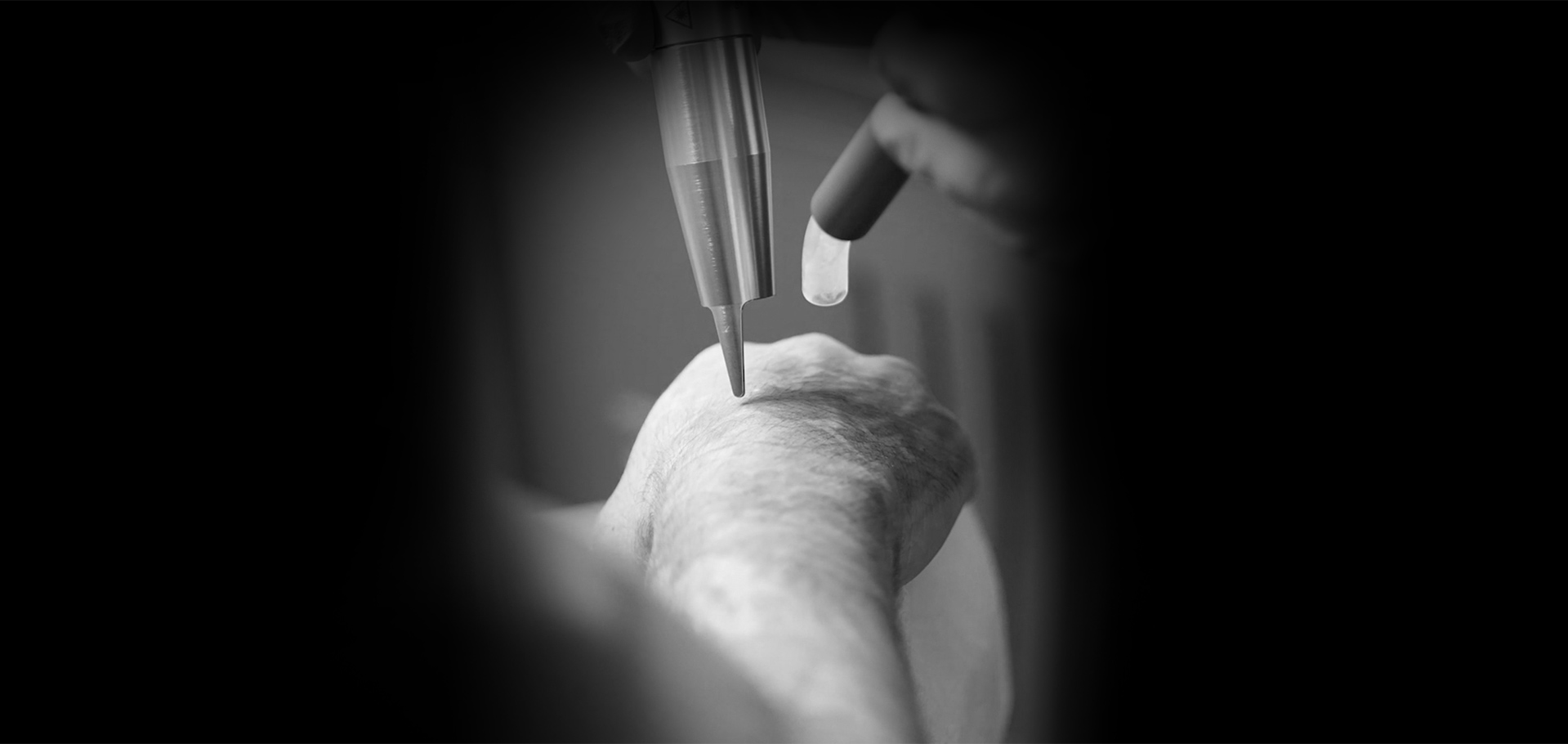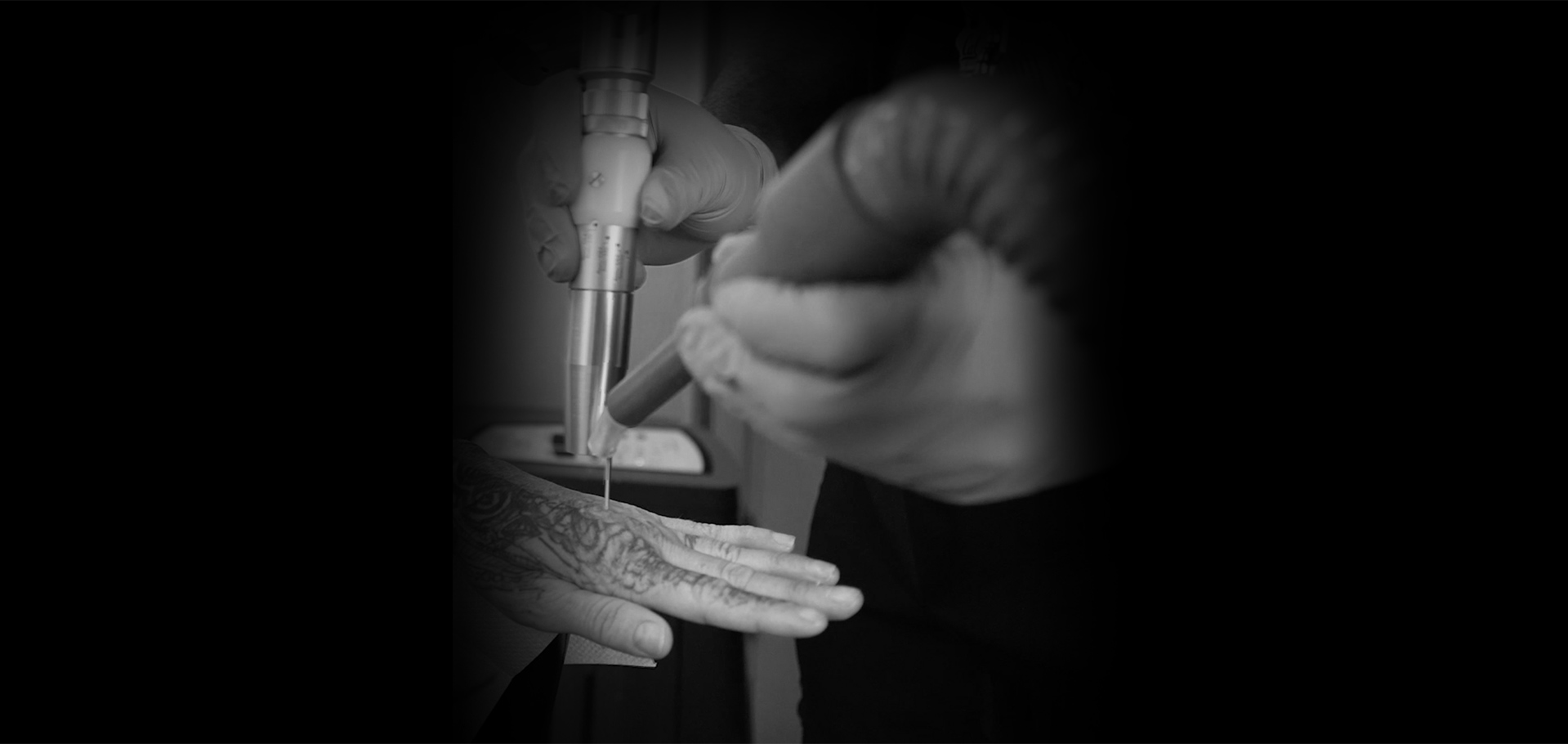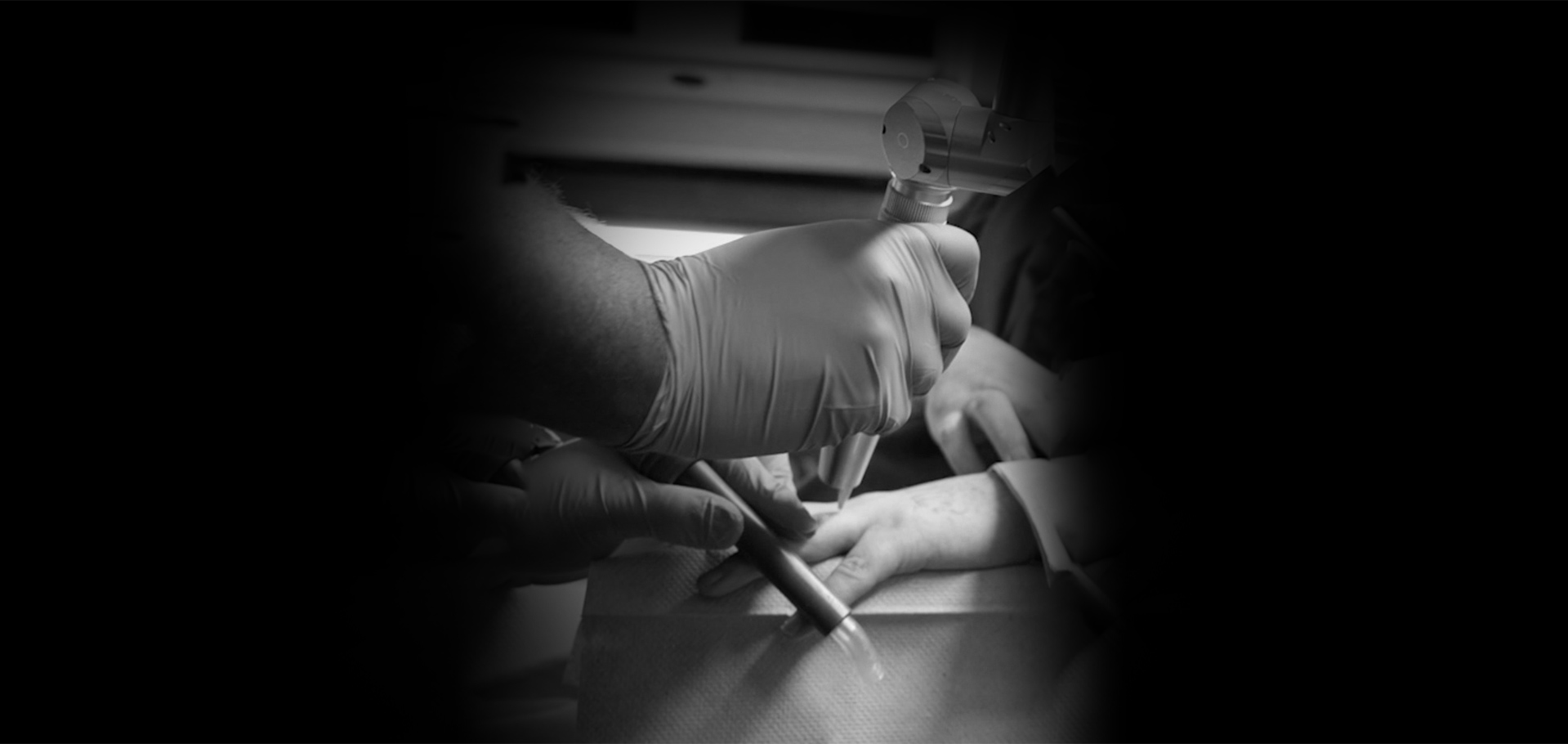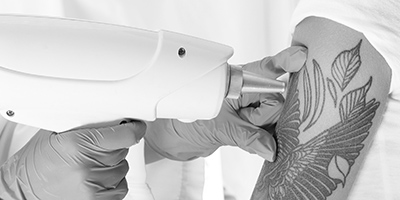
At the time, getting a tattoo of your significant other's name seemed like a good idea. But since you broke up with them, the permanent ink on your skin has become unwanted. While laser tattoo removal may seem straightforward, the process is more complex than one might think.
Tattoo ink, made of heavy metals such as lead, copper, and manganese, can be challenging to remove. These metals give tattoos their permanence. So, to remove them, it is essential to break down the ink particles using lasers.
Breaking up the ink particles can be challenging and may require multiple sessions to achieve the desired results. Also, the procedure's success depends on various factors, such as the type of ink used and the skill of the person performing the treatment.
The Science Behind It
Unwanted tattoo removal using lasers is common, but how does it function? Here is a brief outline of the science of laser tattoo removal and how it gets ink out of the skin.
Understanding Tattoo Ink
Tattoo ink consists of pigments, particles that reflect or absorb specific colors. Collagen holds these pigments in the skin. Tattoo ink manufacturers use various materials to make the pigments used in tattoos. These include heavy metals such as lead, copper, manganese, and organic pigments made from carbon or other materials. The size of the pigments can vary, but they are usually smaller than the size of a human cell.
Tattooists apply the ink to the skin with a machine and stencil or inject it into the skin with a needle. The dermis receives the ink after the tattoo needle pierces the skin. Collagen fibers found in abundance in the dermis aid in holding the ink particles in place.
How Lasers Break Up Ink Pigments
Using a particular wavelength of light energy, laser tattoo removal targets and disperses the pigments in the tattoo ink. The ink pigments absorb the laser energy, causing them to heat up and break into smaller particles. The laser energy heats the tattoo in pulses, each lasting for a fraction of a second.
The body's immune system can more readily eliminate these smaller ink particles. The laser energy forces the broken-up ink particles out of the skin, causing the collagen fibers in the surrounding tissue to contract.
It is significant to note that the laser will not affect the surrounding skin and will only target the ink particles. There is little chance of harming the skin surrounding the tattoo since the laser energy precisely targets the pigments in the tattoo.
Collagen's Function
When the ink pigments absorb the laser energy, it impacts the collagen in the surrounding tissue. The collagen fibers contract, forcing the broken-up ink particles out of the skin.
The Total Number of Sessions
The total number of sessions necessary to completely remove a tattoo varies depending on several factors. These include the location, color, size, and age of the tattoo. It also depends on the patient's skin type and medical background. The tattoo may require several months to a year to fade completely.
Conclusion
Laser tattoo removal is a secure and reliable method of removing unwanted tattoos. It can be a fruitful method of getting rid of an unsightly tattoo with the proper care and direction.
For more on laser tattoo removal, contact the Mobile Tattoo Removal Experts by emailing us at info@mtrexperts.org to schedule an appointment today.





